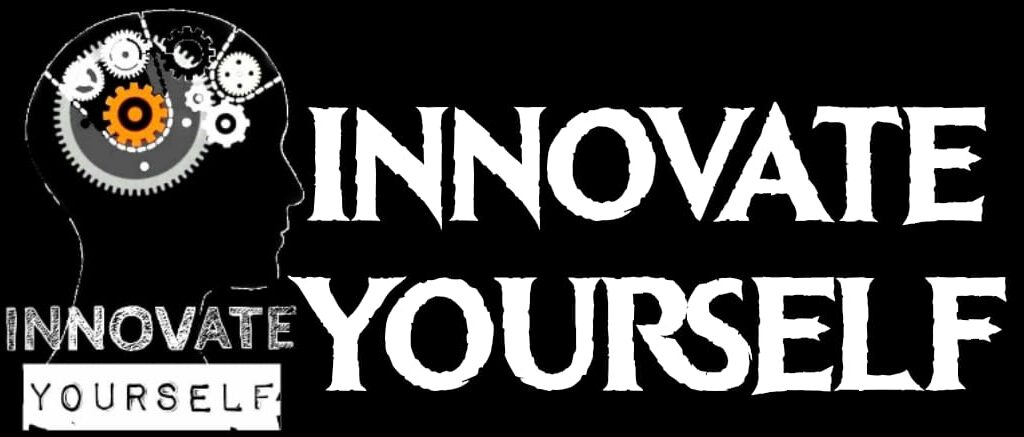Learn to interface a 16×2 LCD with Arduino UNO in this step-by-step guide. Includes circuit diagram, code walkthrough, and real-world applications. Ideal for beginners and electronics enthusiasts.
Introduction
📟 What is a 16×2 LCD?
A 16×2 LCD (Liquid Crystal Display) is a popular alphanumeric display module that can show 2 lines with 16 characters each. It’s based on the Hitachi HD44780 driver, which allows micro controllers like Arduino to send data and commands via parallel interface or I2C. It is commonly used in embedded and DIY electronics projects to display information such as sensor data, menus, or status messages.
🔍 What This Project Does
This project demonstrates how to connect and program a 16×2 LCD using an Arduino UNO. It displays a message like “Hello, World!” or any custom text.
🌍 Real-World Use Case
- Displaying temperature/humidity from sensors
- Showing data in home automation systems
- User interfaces for embedded projects
- Real-time clock display, and more
📘 Skill Level
Beginner-Friendly – No prior experience required
🎯 Expected Outcome
- Understand 16×2 LCD functionality
- Connect it to Arduino UNO
- Display custom messages using code
Components Required
| Quantity | Component | Description | Buy Link |
|---|---|---|---|
| 1 | Arduino UNO | Microcontroller Board | Buy on Elecsynergy |
| 1 | 16×2 LCD Module | Standard HD44780-based LCD (16 char x 2) | Buy on Elecsynergy |
| 1 | 10K Potentiometer | To adjust contrast of LCD | Buy on Elecsynergy |
| 1 | Breadboard | For circuit setup | Buy on Elecsynergy |
| 16+ | Jumper Wires | For connections | Buy on Elecsynergy |
Circuit Diagram + Explanation
16×2 LCD Pin Mapping to Arduino:
| LCD Pin | Name | Arduino Pin |
|---|---|---|
| 1 | GND | GND |
| 2 | VCC | 5V |
| 3 | VO | Middle pin of Potentiometer |
| 4 | RS | D12 |
| 5 | RW | GND |
| 6 | EN | D11 |
| 7-10 | D0–D3 | Not used (4-bit mode) |
| 11 | D4 | D5 |
| 12 | D5 | D4 |
| 13 | D6 | D3 |
| 14 | D7 | D2 |
| 15 | A (LED+) | 5V via 220Ω resistor |
| 16 | K (LED–) | GND |
Circuit Explanation:
- The LCD is connected in 4-bit mode using only 4 data pins (D4–D7)
- RS and EN control command/data and latch
- RW is grounded for write-only mode
- A 10K potentiometer controls contrast via VO pin
- A resistor protects the backlight LED from overcurrent

Arduino Code – Commented Line-by-Line
#include <LiquidCrystal.h> // Include the LCD library
// Define LCD pin connections to Arduino
LiquidCrystal lcd(12, 11, 5, 4, 3, 2);
void setup() {
lcd.begin(16, 2); // Initialize the LCD with 16 columns and 2 rows
lcd.print("Hello, World!"); // Display message
}
void loop() {
// Nothing here for now
}
Working Explanation
- When Arduino powers up, the LCD initializes using
lcd.begin(). lcd.print()writes a string to the screen.- The LiquidCrystal library handles the timing and signal control in 4-bit mode.
- If needed, messages can be updated continuously in the
loop()function.
Demo / Output Preview
The LCD displays “Hello, World!” on the first line.
Troubleshooting & Tips
- No display?
- Check contrast by adjusting the potentiometer
- Verify power and GND connections
- Gibberish on screen?
- Ensure proper pin mapping and code match
- Use delay after
lcd.begin()if needed
- Backlight not glowing?
- Ensure correct polarity on pins 15 and 16
- Check the 220Ω resistor
Project Expansion Ideas
- Display sensor values like temperature, humidity, or light
- Add button-based menu navigation
- Implement real-time clock (RTC) module to display time
- Control LCD messages over Bluetooth or serial input
Encourage the user to explore lcd.setCursor(), lcd.clear(), and lcd.scrollDisplayLeft() for richer interaction.
Conclusion
This project teaches how to interface a 16×2 LCD with Arduino using simple wiring and the LiquidCrystal library. It’s a foundational skill for any display-based project.
🧠 Key Takeaways:
- 16×2 LCD works in 4-bit or 8-bit modes
- Requires careful wiring and pin setup
- Can display a wide range of custom data from sensors or logic






